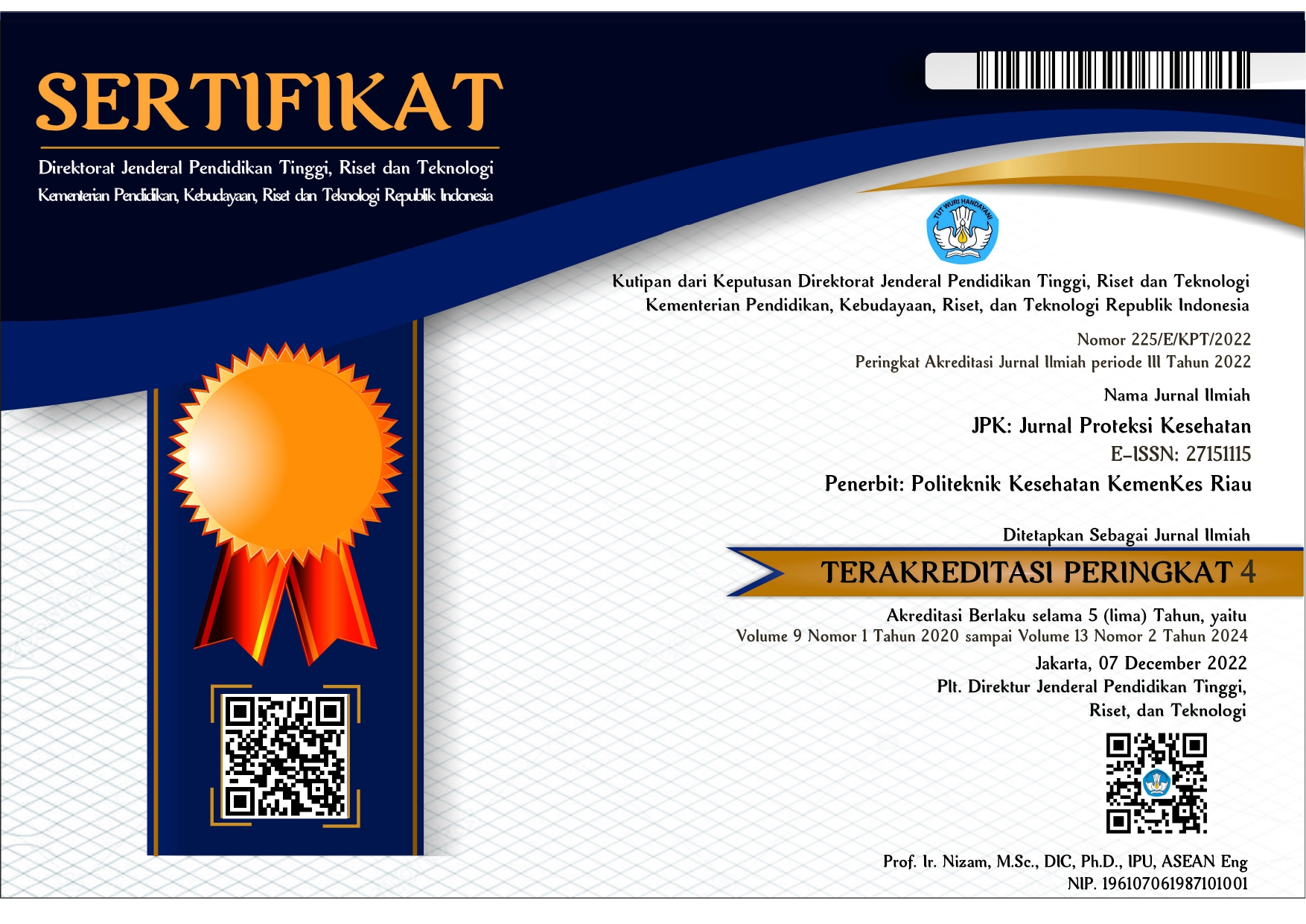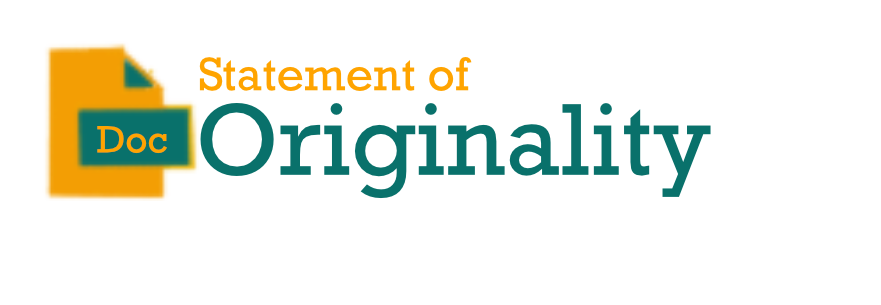Literatur Review: Prospects of Stem Cell Secretomes for the Treatment of Hair Loss/Alopecia
Abstract
The goal of this literature review is to find out the role of MSC in stimulating hair growth, particularly in people who suffer from hair loss/alopecia. Literature reviews were conducted using an electronic database such as Researchgate, PubMed, GoogleScholar, and ScienceDirect. MSC secretome for hair growth, secretome for hair growth, ADSC-Exosome for hair growth, ADSC-CM for alopecia, secretome conditioned medium for baldness, and formulation of hair tonic preparations to stimulate hair growth were the keywords used. From these keywords, 13 relevant research articles were found, 11 of which used patients with alopecia as research subjects in randomized clinical trials to examine hair growth. MSC therapy for alopecia has been shown to stimulate hair growth, density, and thickness.
References
[2] R. C. Bunnell BA, Flaat M, Gagliardi C, Patel B, “Adipose-derived stem cells: Isolation, expansion and differentiation.,” Methods, vol. 45, no. 2, pp. 115– 20, 2008.
[3] D.-E. M. Foubert P, Gonzalez AD, Teodosescu S, Berard F and et al. Yekkala K, “Adipose-derived regenerative cell therapy for burn wound healing: a comparison of two delivery methods.,” Adv Wound Care, vol. 5, no. 7, pp. 288–98, 2016.
[4] E. A. P. Miana, V. V., & González, “Adipose tissue stem cells in regenerative medicine,” Ecancermedicalscience, vol. 12, no. 822, pp. 270–294, 2018.
[5] Gibco., Cell Culture Basics Handbook. United Kingdom: Thermo Fisher, 2015.
[6] A. J. Ahangar, P.; Mills, S.J.; Cowin, “Mesenchymal stem cell secretome as an emerging cell-free alternative for improving wound repair.,” Int. J. Mol. Sci., vol. 21, p. 7038, 2020.
[7] G. A. Zanzottera F, Lavezzari E, Trovato L, Icardi A, “Adipose derived stem cells and growth factors applied on hair transplantation. Follow-up of clinical outcome,” J. Cosmet. Dermatological Sci. Appl., 2014.
[8] H. Fukuoka, H., & Suga, “Hair regeneration treatment using adipose derived stem cell conditioned medium: follow-up with trichograms.,” Eplasty, vol. 15, no. 10, 2015.
[9] J. S. Shin H, Ryu HH, Kwon O, Park BS, “Clinical use of conditioned media of adipose tissue-derived stem cells in female pattern hairloss: A retrospective case series study,” Int J Dermatol, no. 54, pp. 730–735, 2015.
[10] H. Fukuoka, H., Narita, K., & Suga, “Hair regeneration therapy: application of adipose-derived stem cells,” Curr. Stem Cell Res. Ther., vol. 12, no. 7, p. 531, 2017.
[11] A. Anderi, R., Makdissy, N., Azar, A., Rizk, F., & Hamade, “Cellular therapy with human autologous adipose-derived adult cells of stromal vascular fraction for alopecia areata.,” Stem Cell Res. Ther., vol. 9, no. 1, pp. 1–9, 2018.
[12] B. J. Han, H. S., Park, K. Y., Ko, E. J., & Kim, “Efficacy of a Hair Tonic Containing Human Umbilical Cord Blood Mesenchymal Stem Cell-derived Conditioned Media in Patients with Androgenetic Alopecia.,” 대한피부과학회지, vol. 57, no. 5, pp. 251-257., 2019.
[13] Z. Xiao, S., Deng, Y., Mo, X., Liu, Z., Wang, D., Deng, C., & Wei, “Promotion of hair growth by conditioned medium from extracellular matrix/stromal vascular fraction gel in C57BL/6 mice.,” Stem Cells Int., 2020.
[14] Y. S. Tak, Y.J., Lee, S.Y., Cho, A.R. and Kim, “A randomized, double-blind, vehicle-controlled clinical study of hair regeneration using adipose-derived stem cell constituent extract in androgenetic alopecia.,” Stem Cells Transl. Med., vol. 9, no. 8, pp. 839–849, 2020.
[15] H. A. Oh, J. Kwak, B. J. Kim, H. J. Jin, W. S. Park, and W. Oh, “Migration Inhibitory Factor in Conditioned Medium from Human Umbilical Cord Blood-Derived Mesenchymal Stromal Cells Stimulates Hair Growth,” Cells, vol. 9, no. 1344, pp. 1–20, 2020.
[16] K. Narita, K., Fukuoka, H., Sekiyama, T., Suga, H., & Harii, “Sequential scalp assessment in hair regeneration therapy using an adipose-derived stem cell–conditioned medium.,” Dermatologic Surg., vol. 46, no. 6, pp. 819-825., 2019.
[17] G. S. Lee, S. B., Shin, H. T., Byun, J. W., Shin, J., & Choi, “Clinical efficacy of adipocyte-derived stem cells conditioned media combined with micro-injury in refractory patch of alopecia areata.,” Arch. Dermatol. Res., vol. 314, no. 6, pp. 527-532., 2021.
[18] N. Wu, J., Yang, Q., Wu, S., Yuan, R., Zhao, X., Li, Y., ... & Zhu, “Adipose-derived stem cell exosomes promoted hair regeneration.,” Tissue Eng. Regen. Med., vol. 18, no. 4, pp. 685-691., 2021.
[19] X. Li, Y., Wang, G., Wang, Q., Zhang, Y., Cui, L., & Huang, “Exosomes secreted from adipose-derived stem cells are a potential treatment agent for immune-mediated alopecia.,” J. Immunol. Res., 2022.
[20] R. A. Lockhart and Z. E. B. J. A. A. Hakakian, Cloe S, “Adipose derived stem cell based therapies or male/female pattern hair loss,” J. Stem Cell Res. Med., vol. 1, no. 2, pp. 59–63, 2016, [Online]. Available: doi: 10.15761/JSCRM.1000109
[21] N. Talavera-Adame, D., Newman, D., & Newman, “Conventional and novel stem cell based therapies for androgenic alopecia.,” Stem Cells Cloning Adv. Appl., pp. 11–19, 2017.
[22] M. V. Nepal S, Venkataram A, “The role of adipose tissue in hair regeneration: A potential tool for management?.,” J Cutan Aesthet Surg, vol. 14, pp. 295–304, 2021.
[23] A. M. Ghasroldasht, M., Seok, J., Park, H. S., Liakath Ali, F. B., & Al-Hendy, “Stem cell therapy: From idea to clinical practice.,” Int. J. Mol. Sci., vol. 23, no. 5, p. 2850, 2022.
[24] X. Y.-M. Zhang H, Zhu N-X, Huang K, Cai B-Z, Zeng Y, “iTRAQ-based quantitative proteomic comparison of early- and late-passage human dermal papilla cell secretome in relation to inducing hair follicle regeneration.,” PLoS One, vol. 11, no. 12, p. e0167474., 2016.












